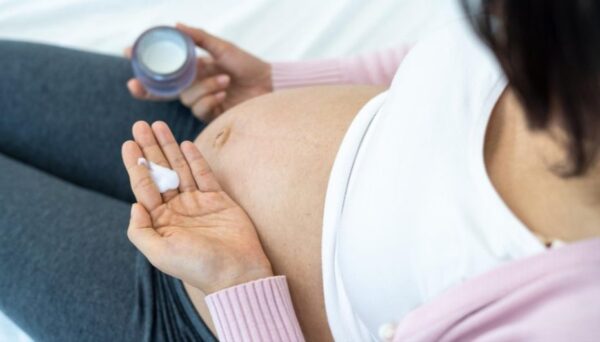Lifestyle
Pregnancy after C-Section: Risk and how long to wait

Caesarean birth is more common nowadays than ever before. There are various reasons for this increase.
The important factors are changes in the demographics of the population of pregnant women like obesity, diabetes, hypertension, advanced age, and assisted reproductive techniques.
Caesarean section is a major operation. It is done to deliver a baby when vaginal delivery is deemed to be unsafe either to the mother or baby or when labour doesn’t progress as planned.
C-section involves several steps. A cut through the skin and the underlying structures; the abdominal cavity is opened; a cut is made on the uterus in its lower segment; the baby is delivered and finally, the layers are sutured up one after the other.
Following a caesarean delivery and discharge from the hospital, the mother and baby are asked to follow up after the first 7-10 days and between the 6th-8th week..
Although the next pregnancy is the last thing in new parents’ minds, they do worry about the risks involved and the appropriate interpregnancy interval after a caesarean section.
Contraception or birth control is an important point for discussion at the second visit.
Any wound on the body takes a while to heal. For e.g., a wound on the skin typically takes about 7 days to heal. The healing process involves several changes such as clotting, inflammation, collagen formation, and tissue fibrosis. The healing time of various tissues varies. For e.g., muscle takes 2-4 weeks and cartilage takes about 12 weeks.
After a caesarean too, the cut on the skin heals quite soon within 2 weeks. However, the uterine muscle undergoes a lot of regenerative changes and repair for a longer period of time. The integrity of the scar depends on many factors too. Women who have had multiple caesarean sections are likely to have a weaker scar.
What are the risks with a subsequent pregnancy after C-section?
Researchers have found that if the subsequent pregnancy occurs within 24 months or 2 years of pregnancy, there is a higher risk of uterine rupture during the course of pregnancy or in labour. A uterine rupture is a catastrophic event that occurs either during labour or in pregnancy wherein the scar gives way and the baby may slip out from inside the uterus into the abdominal cavity. This can lead to torrential internal bleeding in the mother and the death of the baby. Fortunately, this complication is rare at a frequency estimated to be about 0.2-3.8%. The risk of rupture increases with a shorter interpregnancy interval of less than 24 months.
In women attempting a vaginal delivery after a caesarean section, the couple must be counselled regarding the risks involved during labour such as uterine rupture, increased risk of bleeding needing transfusion, and risk of infection. The risks of a repeat elective caesarean section also increase. The main risks are infection, excessive bleeding that may require a blood transfusion, damage to the bladder, bowels, and ureters (the tubes connecting kidneys to the bladder), and an increased risk of the mother requiring intensive care.
One important risk that can happen with repeated caesarean sections is the Placental accreta spectrum (PAS). Here, the placenta implants too deeply into the uterine wall and fails to separate after delivery which can cause serious risks such as excessive bleeding and may warrant removal of the uterus if not controllable.
Conclusion
Couples desirous of pregnancy after C-section must be counselled immediately after delivery regarding various birth control options so that an optimal interpregnancy interval can be achieved. It would be prudent to visit an obstetrician to discuss the plan prior to conception. Having access to previous records of delivery and discharge from the hospital can make a big difference in planning a safe mode of delivery.










